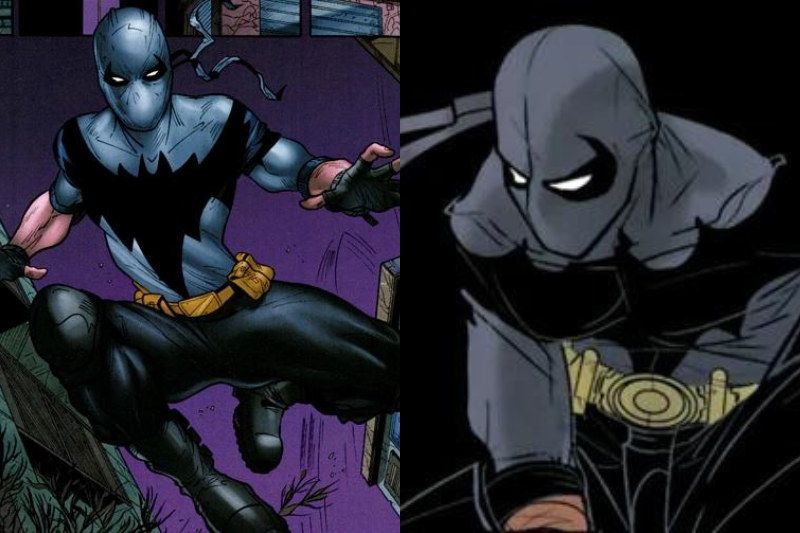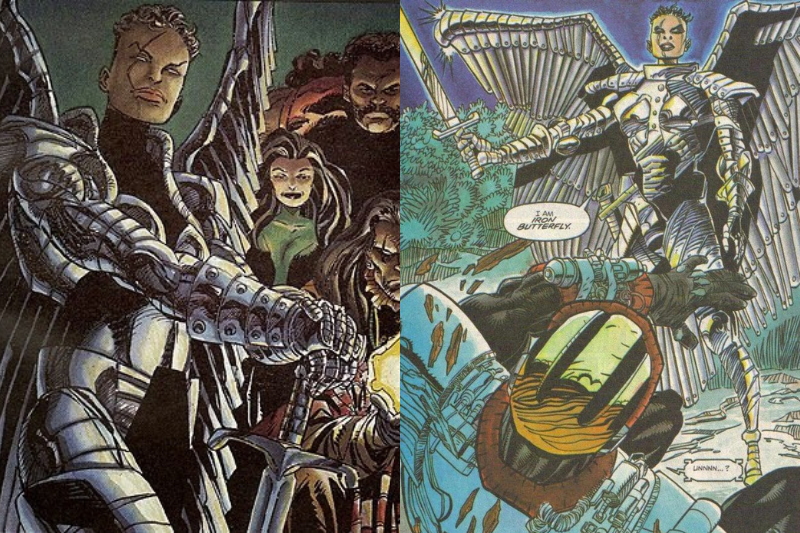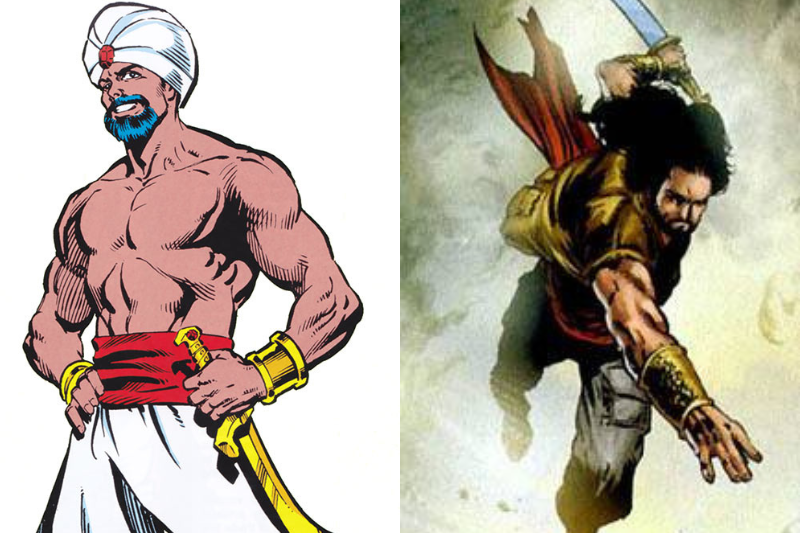The Arabs and the business of avenging: Who are our Middle Eastern superheroes?
You’d be pleasantly surprised to learn…
That our regional heroes have made multiple appearances in comic lore in the past decades. While the big boys of comic book history like Marvel and DC must most definitely do a better job at Middle Eastern representation (the fact these names are not household echoes like Spiderman or Wonder Woman says all we need to know), the figures are there, at least in some capacity. What these Arab superheroes need to shine is love, light and depth.
Nightrunner

This is the French Batman. Bilal Alsselah, a 25-year-old French-Algerian, appears in the DC comics at Nightrunner, and was a Batman of Paris, of sorts. He was recruited by Bruce Wayne and Dick Grayson, also known as Robin, into Batman Incorporated, to be Le Batman Of France. The whole Nightrunner situation comes from him being a top notch parkour and freerun athlete.
Bilal has a turbulent childhood, raised by single mother in Clichy-sous-Bois, a suburb of Paris. This is one of the most economically disadvantaged areas of the city, and Bilal’s storyline was created to mirror those social and political issues, and the persona of Nightrunner as a symbol of justice akin to Batman.
Doctor Fate
View this post on Instagram
Doctor Fate has seen many bearers of the name over the years since it first appeared in 1940 in the DC comics. Think of it as an avatar, a legacy hero created by Nabu, a personalistion of the Mesopotamian entity of the same name. Doctor Fate serves Nabu, and has served other entities, while working independently as a demon hunter.
The mantle of Doctor Fate has been passed from person to person over the years, and the most recent holder of that title is Khalid Nassour, an Egyptian-American medical student. The choice of Khalid as the the current Doctor Fate just makes sense given the conceptual history of the hero, supported by and connected to ancient Egyptian deities.
Iron Butterfly

Palestinian Kahina Eskandari was born with her powers, making her a mutant in the DC comics lore. Her origin story begins with the murder of her parents, prompting her to set off on a path of revenge that leads her to join the Shadow Cabinet, a team of superhuman superheroes, led by Dharma.
Kahina’s powers are incredibly rare – she’s a ferrokinetic, which means that she can control and manipulate metal down to it’s molecular level, hence the name Iron Butterfly. While she’s a fierce force, she is also in love with Dharma, which is where her a lot of her loyalty to the Shadow Cabinet and being their field commander lies.
Janissary
View this post on Instagram
A delicious play on the name used for members of the Turkish infantry in the ancient Turkish armies, Janissary is Selma Tolon, a young Turkish doctor who happens to come upon The Book of Eternity. Janissaries were some of the most ferocious and feared warriors of the Turkish forces, and formidably loyal to their Sultan.
Selma finds the book of spells along with the enchanted scimitar of Sultan Suleiman after she falls into a well while working as a Red Crescent volunteer after an earthquake. Her nobility and goodness helps her pull it out and wield command over it. Selma earns the respect of the Justice League of America and is even recruited by Wonder Woman for a mission.
Green Lantern
View this post on Instagram
We all know Hal Jordan, but we don’t know Siman Baz, his successor of sorts for the role of Green Lantern. Simon is Lebanese-American and an officer of the Green Lantern Corps, an extraterrestrial police force. He made his debut in 2012, replacing Hal as the Green Lantern of Earth’s sector.
A child of Lebanese immigrants, Simon starts falling down a path of petty crime, before a fusion of Hal and Sinestro’s rings creates a malfunctioning Green Lantern power ring that chooses Simon, whisking his away from jail, where he is at the time. Thus begins his superhero saga.
The Arabian Knight

This is very Marvel’s very first entrant, and in all honesty, a hilariously embarrassing attempt at creating a Middle Eastern character. The character has taken a few identities over the years, first appearing as Abdul Qamar and then Navid Hashim. The first, Abdul Qamar, was a Bedouin prince and an ordinary man, but had special weapons – a magic carpet, a magical golden scimitar and a mind-controlled belt. I mean, does it get worse than that?
Navid Hashim came later, a little more polished, but still lacking depth. After the sudden death of Qamar, Navid is given his weapons by the Saudi Government to become the next knight. The trajectory of the character, while having improved, still disappoints in terms of any real substance. Do better, Marvel.
Scarlet Scarab
View this post on Instagram
You might also like
Three people have appeared as Scarlet Scarab in the Marvel comics – a much better iteration of an Arabian superhero and not just a sad stereotype. The first one, Abdul Faoul, was an archaeologist in World War 2 and unearthed the Ruby Scarab, an artifact used to battle the Elementals a long, long time ago. Using that, Abdul became a hero back home in Egypt.
His son, Mehmet Foul was the next, a successor by legacy and given his incredible powers by his father through the ruby. In the critically acclaimed series Moon Knight, Marc’s wife, Layla El-Faouly, an Egyptian archaeologist, assumes the role of Scarlet Scarab, the first female one. This version is unrelated to the father and son mentioned above, and simply a different interpretation of what happened with the real Layla in the comics.
Images: Socials
